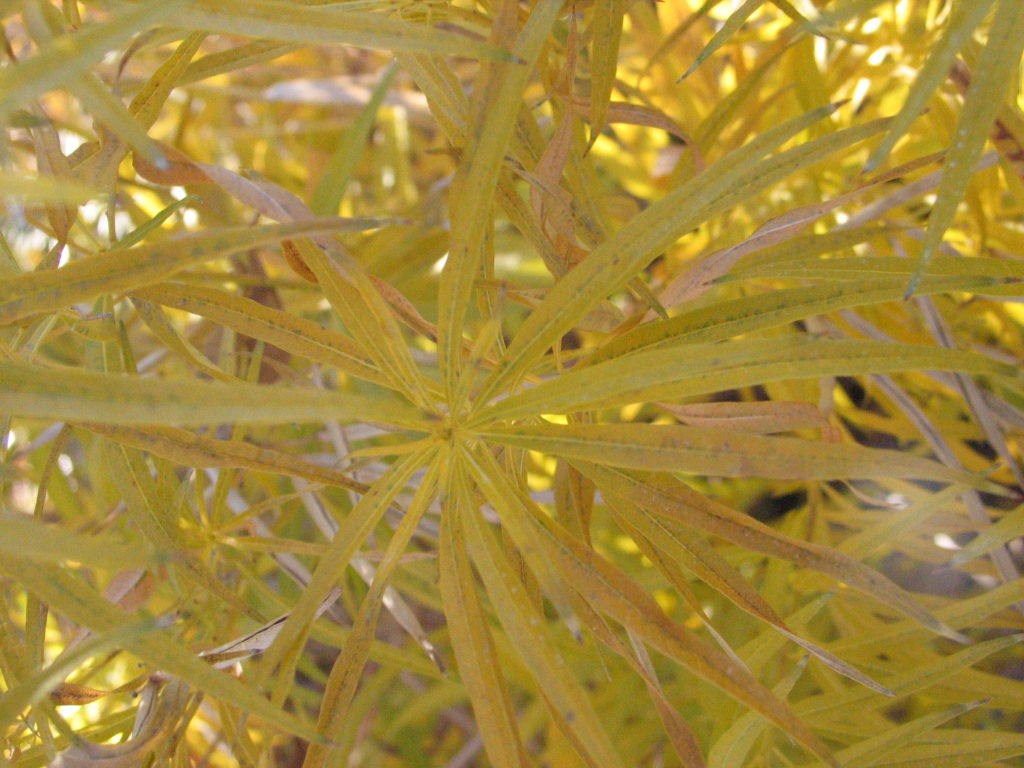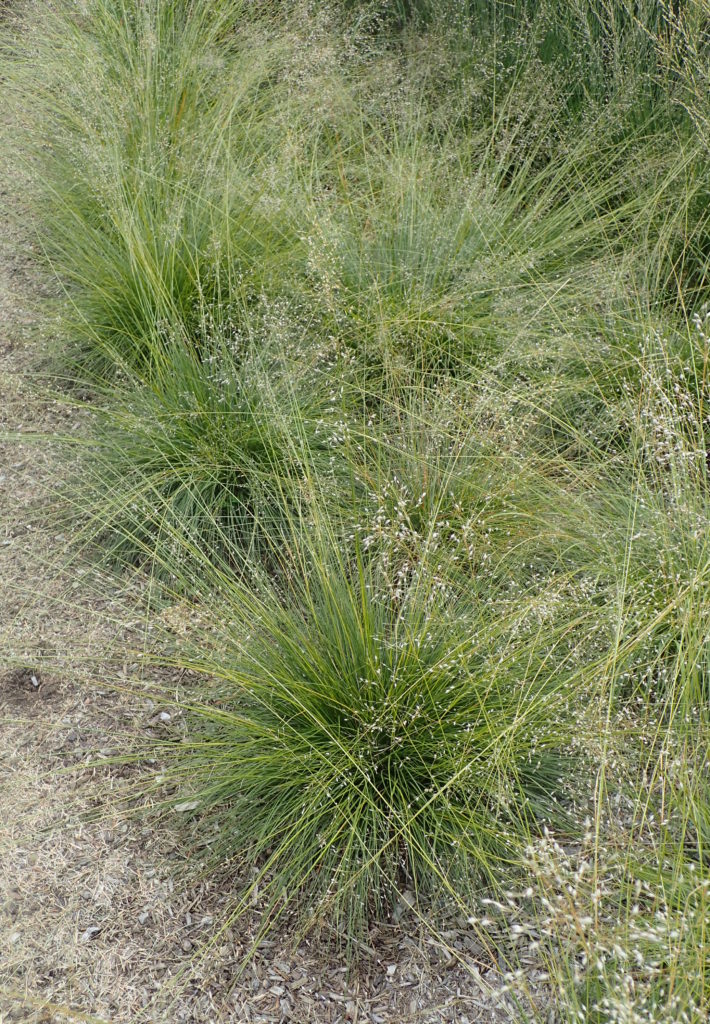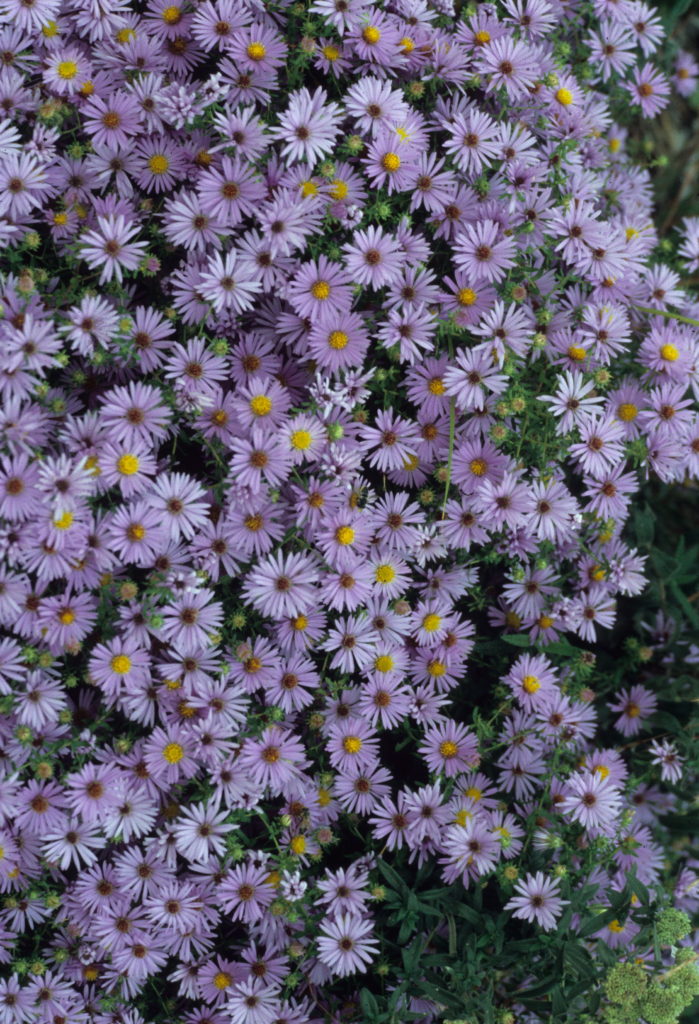Over the past several months, as I have been working on landscape designs for homeowners, I have been noticing a few trends.
- First, homeowners are increasingly interested in native plants. They understand the benefits of utilizing native plants both to the environment and the wildlife they are trying to attract. The advantages of native plants have been noted in previous blog posts.
- Secondly, they want something interesting happening/blooming in their landscape throughout the year.
- Thirdly, they want native grasses incorporated into the design.
To help fill these needs, I have come up with a list of my favorite plants for the landscape that I try to work into most designs. If you need help with your landscape or have questions about using native plants, give us a call or come to the FloraKansas Native Plant Festival. We would be happy to visit with you.
As you know, each landscape is unique and only a handful of these plants will work in specific yards, but they are all hardy and easy to maintain. These sun loving perennials have beauty and landscape value too. Here are some of my favorite native or adaptable plants to use for a sunny landscape in South Central Kansas:
Switchgrass (Panicum ‘Northwind’)
This grass is incredible! Do you need a vertical element in the landscape? Then this is the grass for you. The upright clumps have wide steel blue leaves that turn a golden yellow in the fall. The unique flower panicles emerge in September and are held towards the middle of the clump close to the foliage. Ultimately, it reaches four to five feet tall. I love this grass because it will not fall over.

Threadleaf Bluestar (Amsonia hubrichtii)
This is an all-season perennial with fantastic ornamental features that make it stand out from other wildflowers. In May and June, clusters of small powder blue, star-like flowers top the strong stems. The stems are encircled with soft, narrow leaves resembling pine needles, making each plant look like a small shrub with feathery texture and incredible fullness. I have found them to be extremely hardy, drought tolerant and very low maintenance. Other forms worth considering are Amsonia ‘Storm Cloud’ and Amsonia ‘Butterscotch’

Prairie Dropseed (Sporobolus heterolepis)
At one time, this was one of the top selling grasses nationwide. It is a favorite of mine because it is long-lived and tough. It is so tough they are planted en masse in street medians. The fine textured leaves and airy, fragrant panicles are a nice addition to any landscape. Each clump can reach 12-18 inches wide and up to 24 inches tall. The entire plant turns shades of orange and yellow in the fall, providing multiple seasons of interest. It is great in a border, as a groundcover, in an informal prairie setting, or as an accent to other short or mid-range perennials. I like to mix it with short heath asters, purple poppy mallow, evening primrose or Missouri black-eyed susan.

Purple Poppy Mallow (Callirhoe involucrata)
Some like it hot, but these like it really hot. The deep tap root of Purple Poppy Mallow sustains it during times of drought. These roots are starchy and supposedly taste like a sweet potato. (I don’t know if I am that hungry, but it may be worth a try.) The magenta cup-like blooms appear throughout spring and into summer. I like to interplant them with low grasses or shorter perennials that bloom later in the season, such as blazing stars or goldenrods. The stems hug the ground and ultimately spread 24-36 inches wide and 6-12 inches tall.

Penstemon ‘Dark Towers’ (Penstemon digitalis)
I love this penstemon in the perennial border. The pink flowers in spring have just a blush of white and develop interesting seed heads. It adds outstanding form and texture to any landscape throughout the year. Penstemon ‘Dark Towers’ is a beautiful selection of smooth penstemon with reddish-purple foliage that is attractive even when blooming is complete.

Aromatic aster (Aster oblongifolius)
This diverse wildflower grows throughout the state, and is more drought-tolerant than other aster species. Its name alludes to its fragrant purple/pink flowers and foliage that exudes a pungent aroma. This species typically grows about two feet tall, but shorter varieties also exist. Garden-worthy varieties include ‘Dream of Beauty’ (one foot tall with pink blooms), ‘October Skies’ (2’ x 2’ with light blue flowers) and ‘Raydon’s Favorite’ (3’ x 2’ with light blue flowers).

Butterfly Milkweed (Asclepias tuberosa)
Butterfly milkweed is a stout one to two foot tall perennial with a deep, coarse, fibrous root system. Flowers vary in color from deep orange-red in the eastern part of its range to lighter orange and finally yellow farther west and south in Kansas. Unlike the numerous other milkweeds found in Kansas, butterfly milkweed does not exude a white milky sap when the stem is cut or a leaf is removed.
Do your garden a favor and include some butterfly milkweed. Its many ornamental and functional assets, plus its rugged character will make it a focal point in the summer garden for years to come. Plus, you will be rewarded as pollinators such as Monarchs seek out this beautiful native wildflower.

I could choose many more garden worthy perennials, but I only have so much space. You can find these and many other native plants at our spring FloraKansas Native Plant Festival. CLICK HERE for the 2019 Native Plant Guide. These garden worthy perennials would be at home in any sunny spot in your yard. Why not give them a try?
